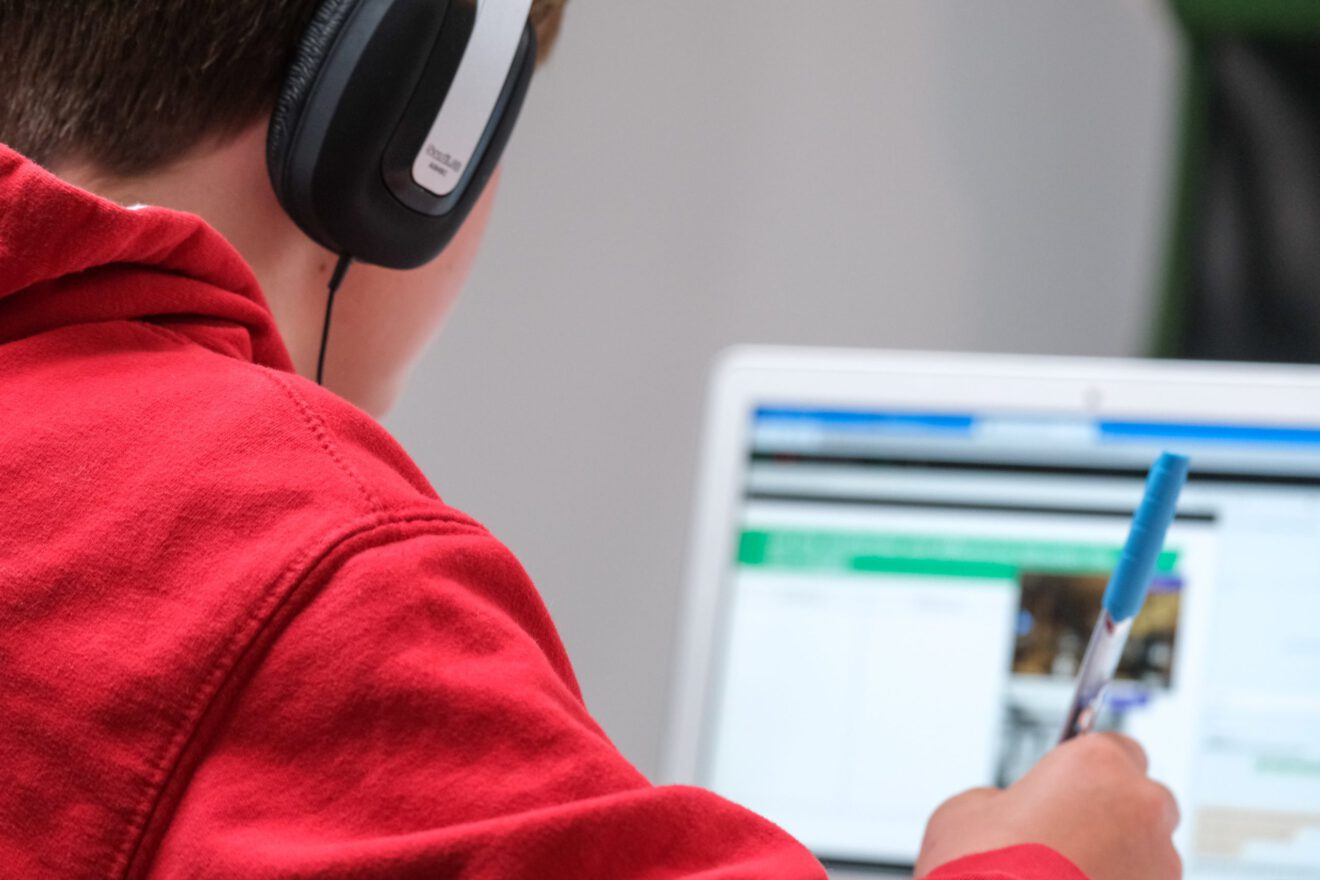Insights is a SmartBrief Education Originals column that features perspectives from noted experts and leaders in education on the hot-button issues affecting schools and districts. All contributors are selected by the SmartBrief Education editorial team.
Technology is responsible for some amazing advances in education. However, most of us in the classroom want to be great teachers, not IT experts. I’m a former math teacher now dedicated to developing and innovating virtual curricula for hundreds of virtual teachers across a variety of subjects. So the question I most often get from teachers is: What digital tools should I be using in my classroom?
Determine goal before choosing digital tools

There are three major types of digital educational tools to consider. Each serves a different purpose and will help you answer different questions. These tools can:
- Deliver information. These tools will improve lesson delivery and engagement. They solve for the question: What do I need students to know? Examples are presentation tools and design builders.
- Facilitate visualization. These tools allow students to visually represent and organize information from their learning. They solve for the question: What do I need students to visualize? Examples are diagram builders and mind maps.
- Enhance interaction. These tools encourage interactions between students, teachers and content. They solve for the question: What do I need students to do? Examples of tools for student-to-student interaction include digital whiteboards for brainstorming and shared reflection. Tools that support student-to-teacher interactions include those with chat functions. And examples of tools for content interactivity are those that offer quizzes and trivia challenges.
Picking the right digital tool

After considering the different types of technology that are available, the question that always follows is: How do I pick the right tool? I recommend that teachers take these three steps to meaningfully select and integrate digital tools into their classroom.
- Pay attention to student preferences. Your time is precious, so don’t put effort into a new tool until you know it will be the right fit for your students. Students “follow the dopamine,” so if they enjoy the tool and are capable of using it, it will better serve its purpose of aiding them in their learning journey. You’ll want to determine whether a digital tool is aligned with your students’ interests. You should also consider how much training students will need to use the tool and whether you can provide that training. Only then can you decide if a tool is worth the time investment.
- Embrace a variety of tools. Online or virtual teaching is not one-size-fits-all or one-tool-fits all. While curriculum will guide the content students are learning, teachers now have expanded opportunities to personalize the digital tools they integrate into their lesson planning. Keep in mind that variety is important. Students’ interest will wane if you rely on one or two digital tools for an entire semester or school year. And because tools differ in their purpose and function, variety is also important for addressing the different elements of the learning process.
- Leverage tools that strengthen relationships. Building personal relationships is essential to student success in any environment, whether you’re teaching in person or virtually. With strong relationships, students can learn without the fear of failing. Since we’re all more comfortable voicing concerns and struggles in private, look for digital tools that provide opportunities for one-to-one communication. Virtual classrooms can also encourage greater student voice and input in shaping not only their learning environment but also their own growth and progress.
Let student needs dictate direction
For both virtual and in-person teachers, the right digital tools will expand opportunities to engage students in learning. The right choices enhance students’ interactivity with learning content and offer pathways for stronger teacher-student relationships. The key is introducing those tools into the classroom with purpose and intent. By focusing on the needs of their students, teachers can select — and integrate — the right digital tools to enhance and support learning outcomes.
Stephanie Eaton is a former math teacher and current middle-school specialist of curriculum for Proximity Learning, an organization that livestreams certified teachers into classrooms.
________________________________
If you liked this article, sign up for SmartBrief’s free email newsletter on EdTech. It’s among SmartBrief’s more than 250 industry-focused newsletters.
More from SmartBrief Education:
- 5 ways new school-home communication meets family, staff needs
- 5 virtual-classroom tools to foster authentic connections
- Changing the classroom experience with instructional audio
- Powerful social media solutions for students
- How comics curriculum boosts SEL
- 8 ways to make vocabulary instruction more effective
